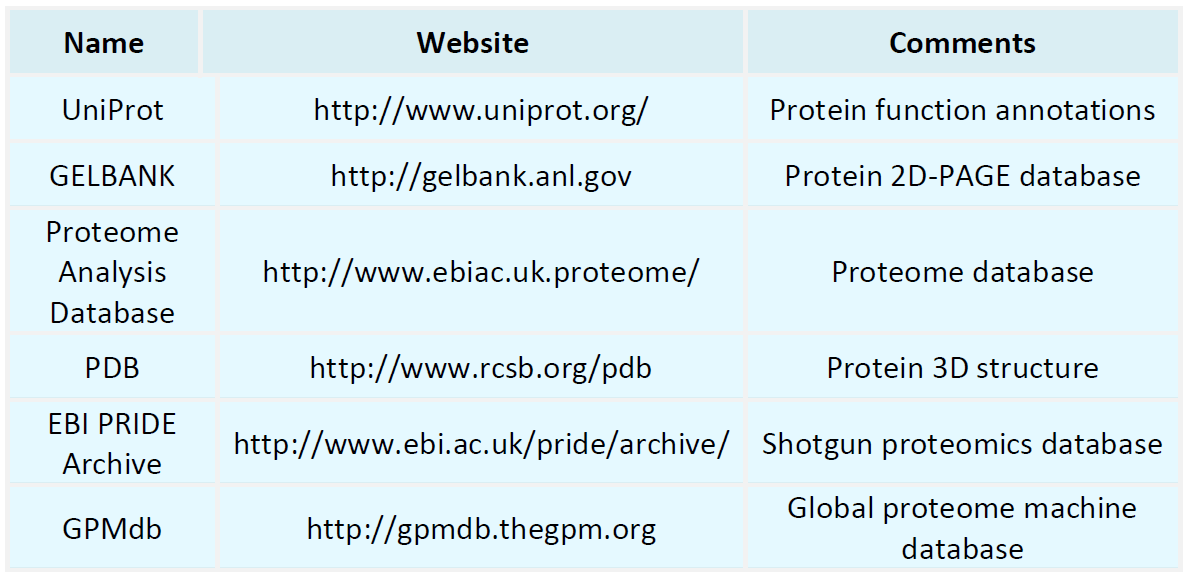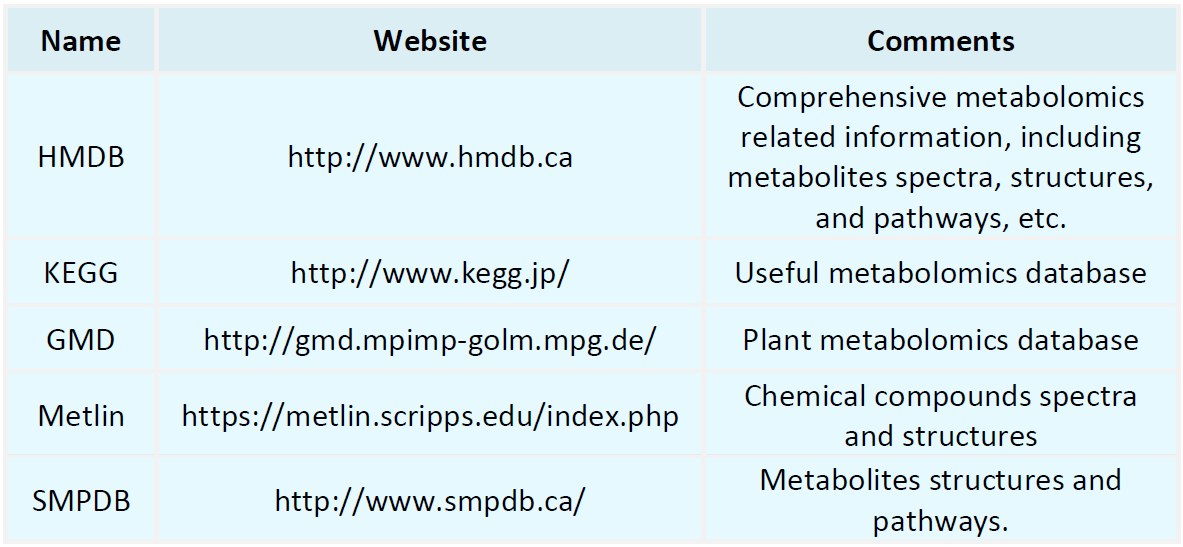Resources
Proteomics Databases

Metabolomics Databases

-
• Proteome Analysis Based on De Novo Sequencing
In protein analysis, de novo sequencing, as a powerful analytical method, provides us a new perspective and new opportunities for discoveries.Proteins are the fundamental functional units in living organisms and have critical significance in studying the structure and function of biological drugs.
-
• The Effects of Different Proteomics Sequencing Methods on Research Outcomes
Proteomics sequencing, as a core technique in proteomics research, provides abundant information to reveal the complete profile of proteins in biological systems. However, the choice of different methods in proteomic sequencing can significantly impact research results.
-
• Protein Secondary Structure Analysis and Circular Dichroism
Circular dichroism spectroscopy is commonly used to analyze and interpret the secondary structure of proteins. Through circular dichroism, we can obtain valuable information on protein secondary structure and gain a deeper understanding of the relationship between the folding state and function of proteins.
-
• How to Select and Optimize Protein Sequencing Methods?
Protein sequencing is an important analytical technique in the field of bioproducts, which can reveal the amino acid sequence and structural information of proteins, providing key data for protein research and biopharmaceutical development. However, when choosing and optimizing protein sequencing methods, scientists need to consider multiple factors.
-
• Analysis of Protein Structure Using Circular Dichroism HT Technology
Analysis of protein structure is a critical component in the development and production of biologics, and it holds significant importance in understanding protein function and properties. In the field of protein structure analysis for biologic products, high-throughput (HT) circular dichroism spectroscopy (CD) technology is widely utilized.
-
• How to Detect Whether a Protein Is Normally Phosphorylated
Phosphorylation is a critical regulatory mechanism for protein function, influencing numerous biological processes including signal transduction, cell division, and metabolism. To assess whether proteins are phosphorylated, several analytical techniques are employed to identify and quantify their phosphorylation status. Commonly used methods include:
-
• Analysis of Protein Secondary Structure Using Circular Dichroism Spectroscopy
Analysis of protein secondary structure is crucial to revealing the mystery of their folding process. In the field of bioproduct protein structure, circular dichroism (CD) spectroscopy is widely used for analysis of protein secondary structure, revealing the mysteries of protein folding by interpreting CD spectra.
-
• Mass Spectrometry Molecular Weight Change of Ubiquitination Sites
Ubiquitination is a crucial post-translational modification that affects protein stability, activity, and function. This process involves the attachment of a 76-amino-acid ubiquitin molecule to target proteins through a cascade mediated by a trio of enzymes: E1, E2, and E3. Identifying ubiquitination sites is essential for understanding the molecular mechanisms involved. Mass spectrometry is typically employed for this purpose. During ubiquitination, the C-terminal glycine of ubiquitin forms an isopeptide..
-
• Do Disulfide Bonds Affect Mass Spectrometry Analysis
Disulfide bonds can significantly influence protein mass spectrometry analysis, particularly in the study of protein structure and peptide characterization. These covalent bonds, formed between two cysteine residues, play a crucial role in stabilizing the three-dimensional structure of proteins. In mass spectrometry-based proteomics, the presence of disulfide bonds can introduce several challenges: 1. Peptide Digestion Efficiency: Prior to mass spectrometry analysis, proteins are typically digested using...
-
• Immunoprecipitation Detects Phosphorylated Proteins
Immunoprecipitation is a widely used molecular biology technique for studying protein-protein interactions and post-translational modifications. In phosphorylated protein studies, immunoprecipitation enables the selective enrichment of phosphorylated proteins, thereby enhancing signal detection and improving analytical sensitivity.
How to order?







